I’ve talked at a lot of tech events, but most of my talks are at Salesforce events (user groups, Salesforce World Tours, Dreamforce etc). This year will be my 5th year speaking at Salesforce’s largest customer event ‘Dreamforce’. With more than 150,000 heading to San Francisco for the event, it’s a BIG event. If you haven’t been yet its well worth the trip. With around 1600 breakout sessions for every role (Admin’s, Dev’s, Sales etc) and industry vertical you can think of there are still a lot of people going to the sessions.
Tell a story
Some of the best talks I’ve done and seen tell a story. Having a narrative going through your session builds, in my opinion, an excellent speech. I think it’s essential to inspire hope and confidence and tell the story as if you were talking to a friend. One of the best examples of this personal style is Bryan Stevenson TED talk on injustice. The security talk I did earlier in the year at Salesforce World Tour was quite an emotional subject for me as one of my friends had lost their life savings and another also lost money because they didn’t take necessary steps to protect themselves. I tried using a Narrative Arc in the talk, now this can be hard to implement in a product demo type talk but talking about Security allowed me a bit more flexibility. My goal was to educate the audience in security and protecting themselves as well as securing Salesforce. For me the structure was:
-
Exposition: Introduction
- Rising action 1: Talk about security incidents in the press to set the scene
- Rising action 2: Security issues closer to home and within your organisation & some solutions
- To Climax: Tell the story about my friends (the climax of the talk)
- Falling action > Resolution: Quick tips on protecting yourself online and Q&A.
This narrative arc style of talk works really well if you have a “show stopper” element when I talked about my friends (that was the idea anyway).
If you can’t describe your talk in 120 characters, think again!
The title and abstract of your talk are incredibly important, especially at a big event. The title will need to pop off the page for people to sign up to it especially if they are choosing from 1600!! But also decide how you’re going to market your talk. One of my talks at Dreamforce this year is called “Integration with Salesforce Connect & Custom Extensions“. Ok sounds quite boring but the title is targetted to people looking for my talk at Dreamforce, if I was marketing this online I would say something like “See how I find out what I’m going to eat of an evening coding custom adapters with Salesforce Connect”.
Nerves & how to combat them
Anyone who says they don’t get nerves before going on stage is just down right lying! My nerves hit just before a presentation, but once I’m on stage I’m fine, but this is mainly due to me eliminating or having a backup plan for everything that IÂ think could go wrong, which then puts me at ease.
If you are doing a demo always have another presentation with the screenshots of the demo, have it already loaded in the background just in case the internet dies or your demo breaks! This has saved me in the past!!! It’s not good for the nerves if you are worrying if the internet will stay up and you don’t have a backup plan.
Do you ask the audience a question? What if no-one replies? My rebuff is “Well when I did this talk at XX they said YY” etc.
“We’ve changed the presentation room”
This hit my mailbox a day or two before a session at Dreamforce. They didn’t tell me why, just that it had changed, at the time it didn’t bother me. I’d already figured out where the room was and 15minutes before my talk and I rocked up at the room and opened the door, took one step in and froze, it was HUGE and there were queues outside. It then dawned on me why the room had moved, too many people had signed up to see the talk and they had changed to a bigger room. The talk was “Apex 10 Commandments” which was subsequently repeated and has morphed over the years into other talks like “Admin 10 Commandments” etc.. but at the time, it was just another talk to me. What saved my bacon was that I had already presented the talk at the Salesforce Bristol user group. I had the confidence that I could do it and had already answers questions during the Q&A at the user group. I also had Kevin Poorman my co-presenter too.
Start Small before you reach for the stars!
Don’t start too big; this is especially useful if you are a nervous speaker or don’t even know if you can speak in public. At the London Women in Tech user group, Jodi Wagner & Keir Bowden have been running public speaking workshops on how to approach public speaking but here are a couple of things you can do.
- “Francis’ Five Minute Feature”; Now this is what I started at our Salesforce Admin User Group and is a great way for people to try speaking with very low worry. Just pick a platform feature or a trick you have learnt and spend 5 minutes talking about it and pitch the idea to your local Salesforce user group. If you want some ideas, check out my YouTube.
- Do a talk at a user group; User groups are generally a lot smaller than a Dreamforce session and a great way to get feedback on your talk before taking it to Dreamforce!
- Do a talk with an experienced co-presenter; This is a great way to reduce the amount of time you have on stage and answer the Q&A questions you don’t know. Great co-presenters can also help you if things go wrong and pull you out of a hole which helps with confidence!
- Do a talk at a community event; like Forcelandia, London’s Calling, Midwest Dreamin’, Southeast Dreamin’, and Tahoe Dreamin’. These groups tend to be bigger than user groups and are a nice step up. I co-organise the London’s Calling event and we’re about to do a call for speakers so keep an eye out on the @LDNsCall twitter.
Questions & Answers
This can be a nerve-racking time. There is one way out that I used to use… overrun, “Sorry seems like we’ve run out of time for Q&A but if you come and see me at the front I can answer your questions”. But now, for me, Q&A is incredibly important for the audience. IÂ remember when this came to light, it was one of the very first talks I did at Dreamforce. The talk was about drip feeding eLearning to users. The basic premise was if a user clicked a button “Create Invoice” but hadn’t had the “Create invoice” training they were redirected to a youtube video for the training & a google form to test their knowledge, if they got the answers correct they got access to the “Create Invoice” functionality. During the Q&A EVERY question was on the magic javascript “Create invoice” button. “Can you make it go to a different URL?”, “Can you check to see if they have a field filled out on the record before going to the url?”… I then realised that I could have done an entire talk on the JavaScript button and that this talk had been debunked by everyone thinking what else this magic button could do.
If I finished the talk before Q&A everyone would be thinking that the talk wasn’t good enough because what they really wanted to know was about the javascript button which wasn’t the focus of my talk. But, by answering their questions it allowed me to redirect the focus of the talk and answer their questions to give more time to the subject without them going away thinking there were gaps. At the end of the day the success or failure of the talk rides on the audience satisfaction of the talk.
But what if you don’t know the answer? … But really? who actually knows all the answers? Answer honestly and say you don’t know, but if they come to the front of the room at the end you can have a hunt on the interweb. Its a perfect moment to talk about the other ways you find answers; The Salesforce Success Community, StackExchange, Twitter #askforce hashtag etc. If your talking on a subject that you’re a bit shaky on (really you shouldn’t be in this position but hey it happens) get someone a lot smarter than you to come to your talk and sit in the front row that you can call on, or even co-present with them!
Practice makes perfect… or does it?
The great opera singer Luciano Pavarotti once said he would practice a piece 100 times in private before he ever sang it in public. Now practice does make perfect and I’ve mentioned a couple of ways above of how you can get practice in front of people. Practice does make perfect with one exception, and that’s when it comes to jokes. I did a talk last Dreamforce with a co-presenter and the moment we started practising the talk with the jokes the jokes fell flat. Just running the session twice the joke delivery just didn’t sound funny anymore. We had over practised and I know see when people put in a joke and the delivery is just flat and doesn’t get the response they were looking for so be aware of that!
People may forget what you did, but they won’t forget how they made them feel
Everyone in the room wants to listen to what you have to say (as why did they want to turn up in the first place? it’s not like your teaching kids to have been forced to appear). Bring the audience along for the ride by talking TO them, scan the room and look at everyone as your talking with solid eye movements. I love doing this as I want to catch those magic moments when it suddenly dawns on someone’s face what you’re talking about, it’s also a great confidence boost. But don’t be worried if you don’t get a reaction as different cultures react differently.
Make sure when you practise your talk you are standing up but also have room to move! What I have done in the past is (I know this is going to sound silly, but it was a trick I learn’t when I trained as a Snowboard instructor) is to video record the first 5 minutes of your talk, take a look at your posture, are you standing straight? keeping your head high? not making too many gestures but when you do they are to highlighting a point. Experts call this style of posture and body language as “eager non-verbal”, which is very persuasive. BUT be warned, a mismatch between your non-verbal communication and words can significantly distract from your talk.
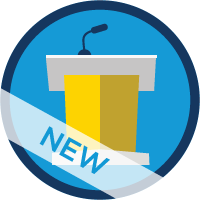 Learn more at Trailhead
Learn more at Trailhead
I started this blog before I found Salesforce had created a Trailhead module on Public Speaking using information from my fellow MVPs. It has some great tips on presentation styles, what to expect its well work checking it out!
Bookmark My Dreamforce 2016 Sessions!
I am going to be presenting three sessions are Dreamforce, they are:
Integration with Salesforce Connect & Custom Extensions
Beyond standard OData functionality, Salesforce Connect creates a powerful new integration pattern for custom data sources that allows you to surface any data to Salesforce as an SObject. In this session you will learn how to create custom Apex extensions for Salesforce Connect to allow you to easily integrate your web services. With custom connectors, users will interact with any external data in the same way they interact with Salesforce objects and records making integration more seamless than ever.
An Admin’s Guide to the Developer Console
Why isn’t my Workflow working? Why doesn’t my validation work? Help is at hand in the Developer Console. Join us to learn how to read Salesforce Debug Logs to really see what’s happening when you update or create that record.
AppExchange DemoJam
I’m honoured to be invited to present the Salesforce Demo Jam at Dreamforce. App Vendors will be showcasing the best of their app with a real-time demo. Each app vendor will have only THREE minutes to share! After the audience vote for their favourite, only one can win!
For those who haven’t been to a Demo Jam before this is an amazing way to see a lot of Vendor apps in a very short space of time.
Bookmark Session
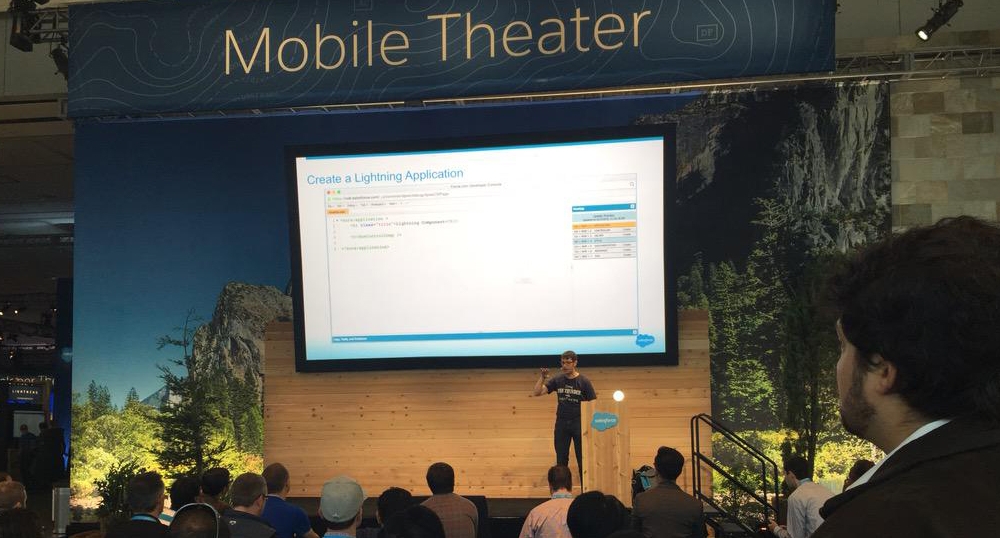
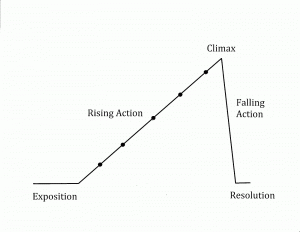
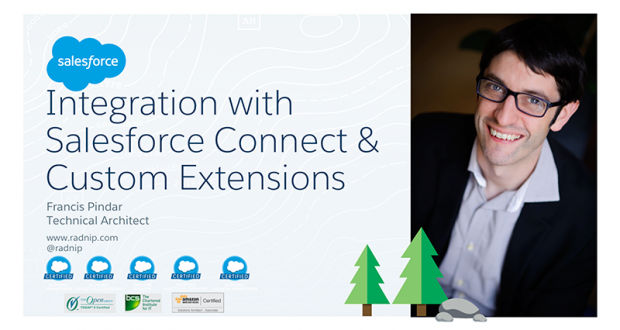

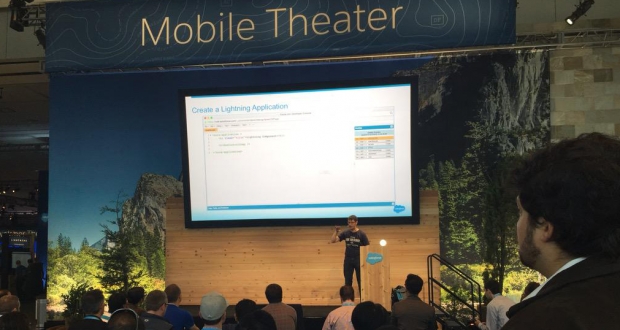
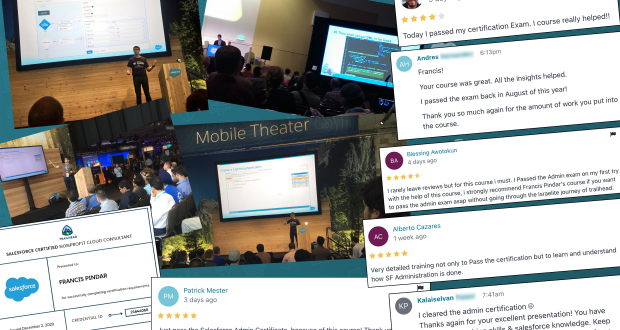
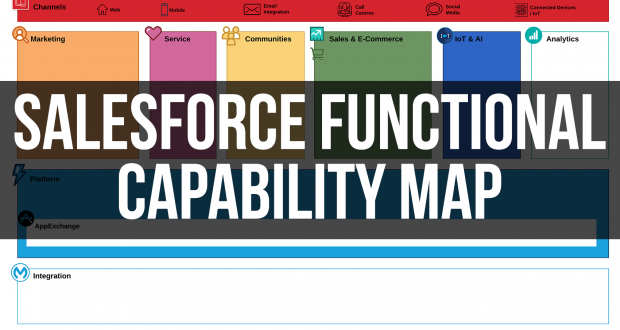
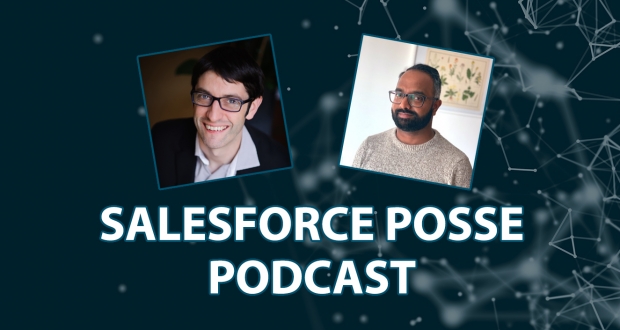
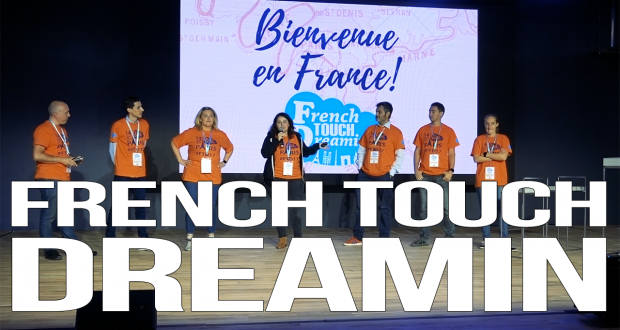
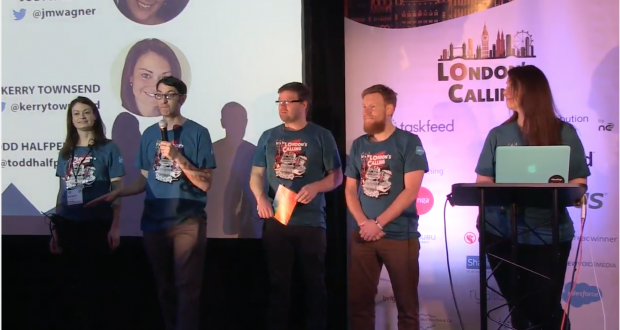

Arise Johns
August 24, 2016 at 11:50 am
Large number of Salesforce app development companies gather for the biggest Salesforce event. Its really important to speak well in this event to make a difference. Highly qualified Salesforce people participate in this event every year. Thanks for sharing useful information
http://www.extentia.com/salesforceservices/